#Ahmed El Maânouni
Text
59: Nass El Ghiwane // Nass El Ghiwane

Nass El Ghiwane
Nass El Ghiwane
1976, Plein Soleil
The job of a label press release is to pique interest in a record, and when you’re in the ~*world music*~ reissue business that usually means trying to find a parallel between your artist and a familiar touchstone, angling for the off chance an openminded shopper will take a shot and throw your record into the day’s stack. This is the ship that launched a thousand “the [western artist] of [non-western country]” blurbs (“The Hendrix of Turkey!” “The Joni Mitchell of Zambia!” “The Mort Garson of Brunei!” etc.). It worked on me when a somewhat younger, much callower version of myself snagged Nass El Ghiwane (1976) from a shop that’d taped an excerpt of the press release to the sleeve. Here it is in full:
“Formed in 1971, Nass El Ghiwane's five members first performed in the avant-garde of Morocco's underground theater scene. Following their debut performance as a band in Rabat at Tayeb Seddiki's Mohammed V Theatre, their songs became the 1970s anthems of Moroccan youth -- nationalist, rebellious, experimental, and bygone all at once. They are Morocco's most enduring musical legacy. They modernized the way music was transmitted to the disenchanted and rebellious youth of their country. Their concerts would turn into riots as their music and lyrics incited deep affection from their virulent fan base. Their music echoes medieval Moroccan oral traditions; coming from the Gnawa trance music of their ancestors, they sang tales of Sufi mystics and wrote lyrics that criticized the conservative monarchy of Mohammed V. They were the first to introduce the banjo, guembri, and colloquial Moroccan Arabic in their version of the shaabi genre. Nass El Ghiwane were a huge influence on Algeria's modern Raï movement, as Cheb Khaled started his career covering Nass El Ghiwane's songs. This is exemplary trance music and the foundation of the modern era in Moroccan music. Martin Scorsese has called them "‘The Rolling Stones of Morocco.’" It could be argued that Scorsese's claim would be more accurate if the Stones were fronted by Bob Dylan. This is the first ever vinyl reissue of their third album from 1976, one of the most desired LPs in their legendary discography. Fully remastered sound.”
It's a near platonic ideal of its kind—rife with dope-sounding references (Gnawa trance music! Sufi mystics! Concerts breaking out into riots!), and intriguing bold-type names.* I might have had no idea who Cheb Khaled was, but the wording insinuated I should and would like to, and the references to the Stones and Dylan suggested I was holding some kind of wicked fusion of Arabic folk music and heavy rock. Which anyone who knows anything about Gnawa trance music, or shaabi, or Raï, probably could’ve told me it wasn’t, but none of those people were in Sonic Boom Records at that time, so they didn’t, and I ended up with a record I really didn’t know what to make of for quite a while.
To paraphrase writer Ralph Wiley’s rejoinder to Saul Bellow’s (allegedly) dismissive question, “Who is the Tolstoy of the Zulus?”, the Rolling Stones are the Rolling Stones of Morocco, and Dylan is the Dylan of Morocco. Nass El Ghiwane are similar to these acts in the sense that they were famous and countercultural in their own society, but what that meant in a Moroccan context, and in musical terms, is very different. “Nass El Ghiwane isn’t a pop group in the classical sense, but more of a theatre group that sings,” noted Tayeb Seddiki, a theater director who helped launch their career. He continues:
“They’re sort of troubadours. In the Atlas Mountains, we have three or four poets who travel from souk to souk, from village to village, singing stories from a political, economic or sociological viewpoint that deeply interests people. […] Nass El Ghiwane were the first, and they still are. Moroccans recognize themselves in the group. They see their problems reflected in their songs, their daily lives and all their issues.”
This is something close to a working definition of the appeal of any ethnic or national folk music, music that seems to concentrate the experience of living within one’s culture into song. Like many American and British folk revival artists of the ‘50s and ‘60s, Nass El Ghiwane began by performing and reinterpreting traditional songs. In their case, this was romantic poetry that had been preserved through oral traditions going back generations. Once thoroughly steeped in the scales and structures of these familiar songs, they began to also create original material that felt to Moroccans like an organic outgrowth of their proud musical lineage.
youtube
Though I eventually grew to appreciate the insistent rhythms and passionate group vocals of the LP I’d purchased, it wasn’t until I watched the 1981 documentary/concert film Trances (الحال) by director Ahmed El Maânouni that I got a better handle on what made Nass El Ghiwane such a profound experience to their fans. (I highly recommend this 88-minute film, which Criterion re-released in the 2000s. I was able to easily find a high quality rip on the Internet Archive, and this YouTube version is decent.) Nass El Ghiwane’s performances alternated between dramatic spoken word monologues and incantatory rave ups which left audiences in exhausted, cleansed heaps. The film makes explicit the connections between the ecstatic healing rituals of the Gnawa and the wild dancing of the band’s young fans:
Here, at last,
comes the time of ecstasy, of trances
Those who refuse to their senses
the gift of trances
shall wither



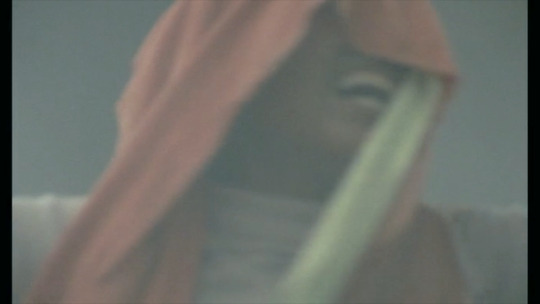

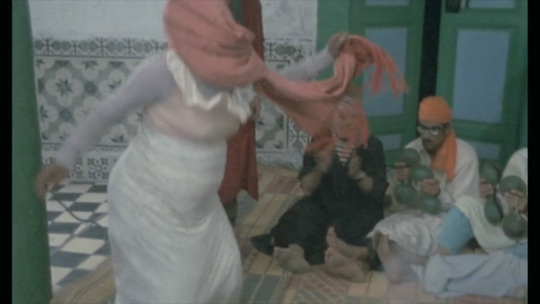

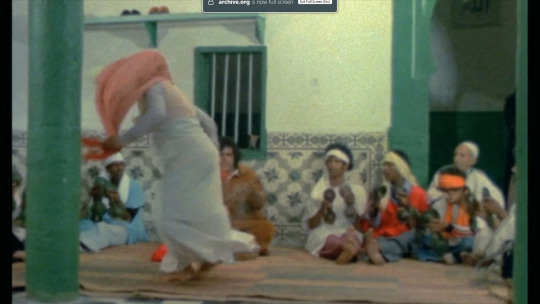


Trances also gives welcome insight into each member’s personality and role in the band. There is virtuosic banjo player Allal Yaâla, a quiet Black Moroccan with a mastery of Arabic, Berber, and occidental scales who taught the others much of their original repertoire. Tabla drummer and frequent lead singer Larbi Batma was their soul, a lanky, intense poet whose seriousness was offset by the sly humour of bendir (handheld frame drum) player Omar Sayed, the strongest actor of the troupe and perhaps its most gifted singer. The longest-running version of the band was rounded out by Abderrahmane "Paco" Kirouche on sintir (a sort of bass lute) and daadoua (a shoulder-held goblet drum), a robust man who’d been a woodcarver before finding musical success.
Nass El Ghiwane is an LP I appreciate more as I discover more of its context, knowing not only who these men are but how their talents fit together; some notion of where their music came from, and how audiences of their time received it. It benefits from being played as loudly as you’re comfortable with and being listened to in a meditative frame of mind. Nass El Ghiwane were “the Nass El Ghiwane of Morocco” just as they are the Nass El Ghiwane of Canada, Cambodia, and Fiji—but if a Scorsese quote comparing them to the Stones is what got me listening to them, I reckon that’s fair enough.
59/365
* Also, bless the Plein Soleil press release writers for bolding Mohammed V’s name, in case there were any real Alawi-dynasty heads out there in record-land. Worth noting they got the wrong king though, as it was actually Mohammed V’s son Hassan II who was in power during NEG’s heyday!
#nass el ghiwane#gnawa#trance#moroccan music#Ahmed El Maânouni#rai#music review#vinyl record#martin scorcese#'70s music#north africa
5 notes
·
View notes
Text
#trances#film#review#documentary#concert film#criterion channel#criterion collection#ahmed el maânouni#nass el ghiwane
1 note
·
View note
Text
20 novembre 2017
Isn’t it true love that gathers folks around the tea tray ? (Omar Sayed, dans Transes d’Ahmed El Maânouni) *** Je cherche l’amour dans chacun des gestes que je pose. L’amour véritable ne passe-t-il pas longiligne à travers nos doigts lorsqu’on les dépose sur un corps de céramique, un corps chaud, un corps crémeux? La cuillère en tintant reproduit un concert pop de cloches du dimanche, une…
View On WordPress
0 notes
Photo

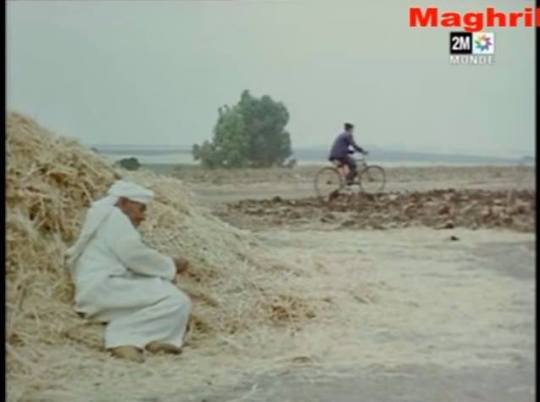



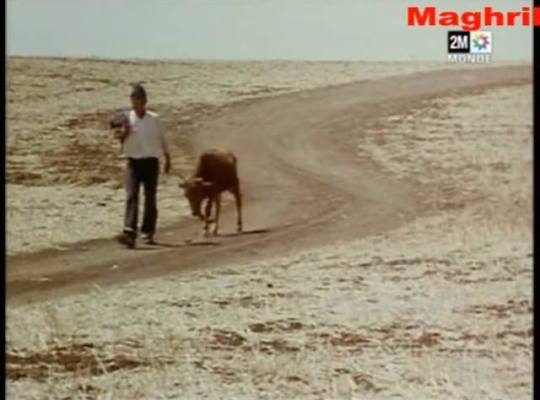

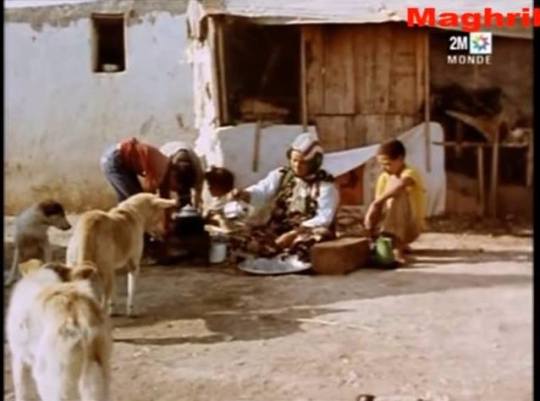

Alyam, alyam (1978,Ahmed El Maânouni)
0 notes
Text
1er aout 2017
Isn’t it true love that gathers folks around the tea tray? (Omar Sayed, dans Transes de Ahmed El Maânouni) *** J’ai renoué avec l’amour qui se propage dans le partage des plaisirs de la table. On croque à la fois dans le pain maison et les joues de l’autre, on salive ensemble en voyant le plat arriver, on accueille la conversation sur nos langues comme un verre de Cataratto bien frais. Alors…
View On WordPress
0 notes